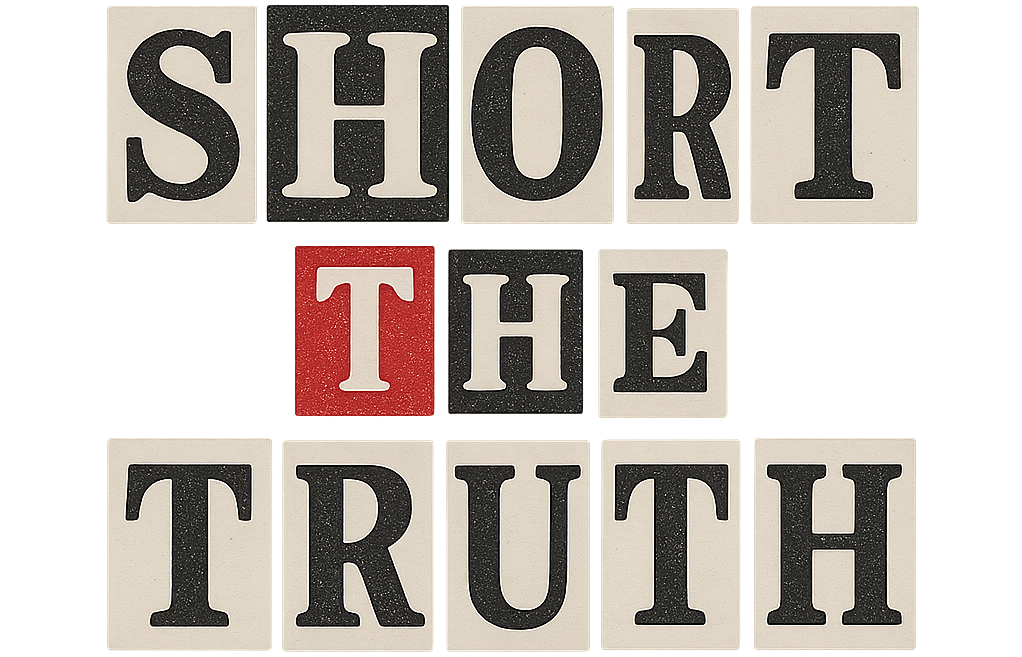In a ruling that tips the scales of presidential accountability ever so slightly toward the “get out of jail, sometimes” side, the Supreme Court on Monday decided that former presidents are entitled to immunity from prosecution for official acts, but not for everything under the sun, or under the Oval Office wallpaper, depending on your metaphorical preference.
Chief Justice John Roberts, donning the standard issue judicial impartiality (or at least the appearance of it), concluded that a former president “may not be prosecuted for exercising his core constitutional powers.” Which sounds good in a civics class, but becomes somewhat trickier when former President Donald Trump is, as it were, the hypothetical that has become unusually specific.
In a 6 to 3 decision that followed the court’s usual ideological grocery aisle split, the conservative majority determined that Trump, in his efforts to dispute the 2020 election results with all the tenacity of a man arguing with a scoreboard, is at least partially shielded from criminal charges. Specifically, the ruling sends Special Counsel Jack Smith’s case against Trump back down to lower courts to, in essence, figure out what counts as “official” and what qualifies more as “unhinged press releases with presidential letterhead.”
“Under our constitutional structure of separated powers, the nature of presidential power entitles a former president to absolute immunity from criminal prosecution for actions within his conclusive and preclusive constitutional authority,” Roberts wrote, and somewhere, James Madison is either nodding or spinning, depending on his view of modern cable news.
The court helpfully added that there’s also presumed immunity for other official acts, and none whatsoever for the “unofficial” ones, which will now need to be defined and sketched out like a high school essay graded by a very fussy constitutional law professor.
Justice Sonia Sotomayor, penning a dissent that could very well have been filed under “Are you serious?”, declared that the majority “invents an atextual, ahistorical, and unjustifiable immunity that puts the president above the law.” She noted with some alarm that under this logic, a president could, for example, sell pardons, order a coup, or even organize a political assassination, so long as it’s done with a presidential stamp and a daylight news conference. “The President is now a king above the law,” Sotomayor wrote, perhaps resisting the urge to add a crown emoji.
Justice Ketanji Brown Jackson elaborated on the dissent for emphasis, warning that for the first time in U.S. history, the length of a president’s immunity may now be measured “by the timing of his alleged criminal conduct,” which is not exactly a hallmark of inspiring jurisprudence or courtroom drama.
Needless to say, Trump was delighted, firing off a victory declaration on his platform of choice, Truth Social, which increasingly sounds like a branding experiment from a political sci-fi thriller. “Big win for our Constitution and democracy. Proud to be an American!” wrote the former president, a sentiment presumably typed with very large expensive flags waving nearby.
For Special Counsel Jack Smith, the decision constitutes a speed bump, or possibly a pothole, on the road to trial, with the lower courts now assigned the charming task of translating the Supreme Court’s abstract musings into real-world answers about whether Trump’s calls, plans, and public meltdowns count as official duties or just busy weekdays.
All of this means that Trump’s federal trial on charges of attempting to overturn the election is now floating ever further down the calendar, possibly making its debut alongside the presidential debates, Olympic highlights, or the next season of whatever reboot America is watching by then.
Meanwhile, the American presidency has officially joined the elite club of institutions declared simultaneously above and below the law, depending on which foot the constitutional slipper is on that day.
So yes, presidents are above the law, except when they are not, provided someone can tell the difference with a straight face.

